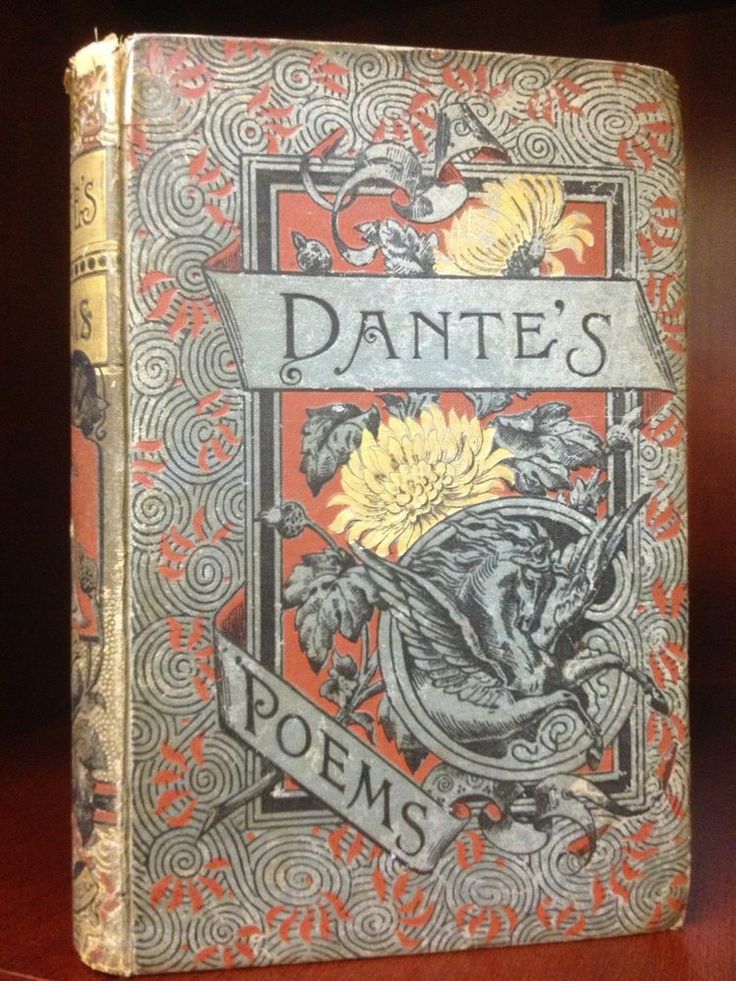


“When a fairy tale was told to him, he immediately visualized the whole scenery with every detail of costume and character in perfect reality” (Lehmann-Haupt). This is not to say that he didn’t understand the art nor that he couldn’t sketch, but that he chose to skip a step-which harkened back to Doré’s childhood when he would often envision a scene, right down to the most minute details, as he listened to stories.

He was constantly working, and he liked to work quickly from his head-rarely, if ever, doing any preliminary sketches, and often drawing straight onto the wood block. In the end, to ensure that the book would see the light of day, he sold the rights to the printer and two of the engravers.įor the prolific Doré, this wasn’t much of a blow. The edition of 3,000 sold out within weeks and was subsequently translated into many languages. This meant that all of the profits would also be Doré’s as well. Part of the publisher’s hesitation was the final cost to the consumer but given the man that Doré was, he also had an answer to that problem-to bring out the first book of the Divine Comedy at his own expense. The proposed size was about 16 inches high and about a foot wide when the book was closed-a large and costly format. However, despite the fact that Doré had been illustrating books for a number of years, there was still some doubt about the desirably of such a large book. The strongest evidence on how this union came about is straight from the artist’s mouth: “I conceived at this epoch the plan of these large folio editions of which Dante was the first volume published…My idea was then and always has been since, to produce in a uniform style an edition of the best authors, epic, comic, and tragic” (Lehmann-Haupt).ĭoré’s assessment was made in 1861, the same year as he illustrated his famous “Doré” Bible. For over 100 years, the names Dante and Doré have been linked in literature one of the reasons is that Dante’s Divine Comedy-the epic poem-is one of the many works illustrated by Gustave Doré and is one of Doré’s best known illustration cycles.


 0 kommentar(er)
0 kommentar(er)
